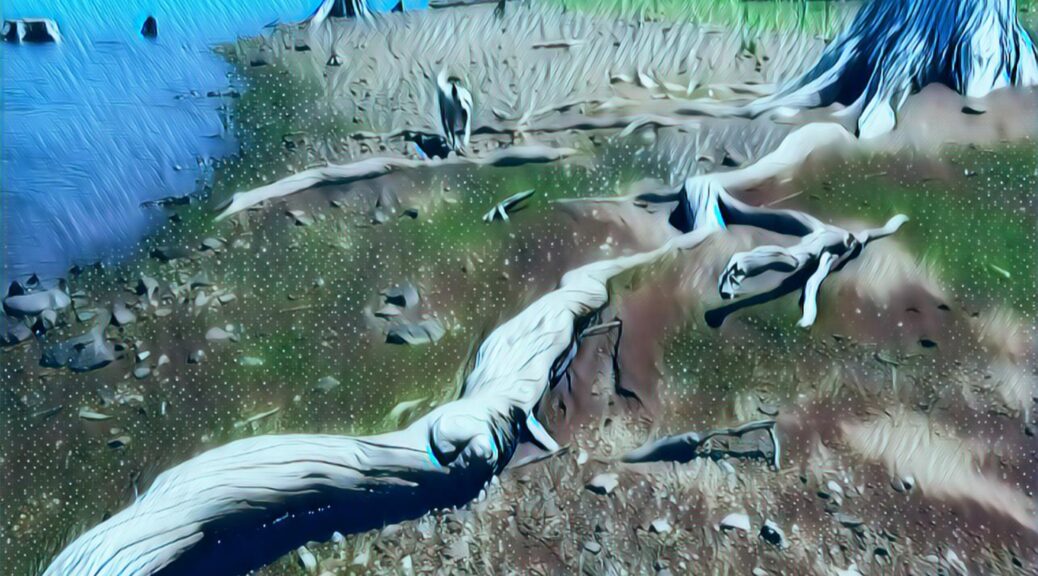Red Mars, golden Saturn, bright Jupiter. The moon in mystical rings before the rain. All of it moving our electrons across 2500 miles and decades. Or, into Friday, 8 miles down the road. We let our nerves feel the connections. We let ourselves live on the silken bridges between.
In part we needed to re-envision kinship. Also, we needed to shift paradigms.
We did not need to start from scratch. There was a lot to read. There were friends all around Earth. Reaching into the past, to traditions resilient within, despite the toxic form of power now heavy on us. Now restricting us.
These powers were always threatening to come to our homes and disappear us, They were prone to burning us in effigy, while supposedly sheltering us.
In our studies, we came home to sharp, sweet, traditions, to past regimes of identity, in places and times on our own planet. Some had been nearly forgotten. There were things that had happened that historians had never told and stories yet to be fantasized. Some had only ever been seen on stage and in art: in a snippet of film by a visionary who had been taken from us by AIDS.
Sometimes we lacked language to describe and so, we learned languages, until we could design in tongues new to us.
It took courage to recognize and to trust what we began to know. In the beginning, I felt like a child playing imaginary games. My teacher replied, “this has always been your birth right as a human spirit.” This is what we were remembering.
You see, we were leaving, but we would return one day to Earth. In more than a millennium. We would hope to bring a better way with us when we did.
But first, we would have to go. And so, we walked in the woods. Breathed in rain. Put bare feet on the ground. Slipped our clothes and walked into the waves, into the current of river, the stillness of lake. We savored.
The sun, we noticed, lit up our lashes, as in lazy spring days in college, lounging on a lawn with friends.
And those friends were the ones we first dreamed with. In the arrogance of youth, still shocked at what we were learning, at how much was wrong, we leaned over small tables and scones and cappuccinos, to expound. Or leaned back against the greased smooth wood of benches, to listen.
Now, we recognized the lines on each other’s faces, which were from smiling and kindness and thought. We noticed each other’s eyes. From deep in our sockets, we looked into one another and saw even the sorrows. We then saw one another as brave.
The prompt was: consider what you will need for utopia. What are the new values? Who do you look like? What are the arrangements? What doubts do you have about human capacities for freedom? Will this be answered by the limitations that come of feeling kinship with all on Earth? How do you refuse and disrupt and please and enjoy and transform within utopia?
Next, how do we get there? How do we leap the parallel tracks into the next Earth, the Earth that has healed or the unstruck Earth?
We took care about these things. We took garbage so we did not need to extract. We spent all the golden women’s pentacles on this, to churn a new wealth for the future, to feed mycelium, to build our spacecrafts.
In the tarot, The Star is a card identified with Aquarius, card of the weirdo, and the visionary. It is the card of healing, as well as of authenticity. Of reaching beyond what is. Of envisioning.
And maybe, maybe The Star represents the far sun where our multiversities would satellite while we trained for the day we, her prodigal children, will return to Earth.
We, her prodigal children, will return to Earth.



